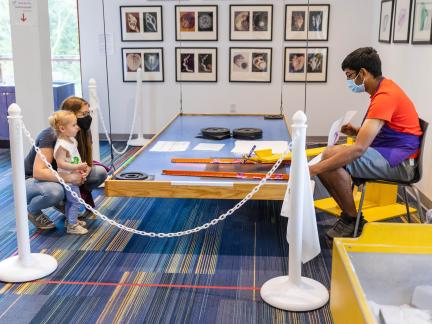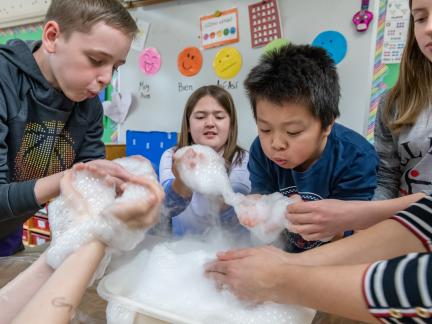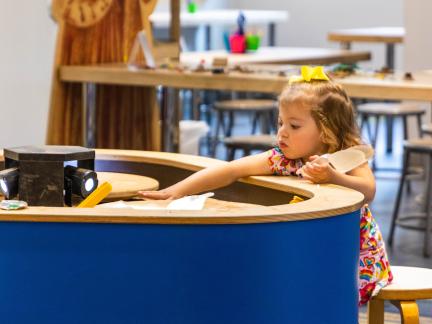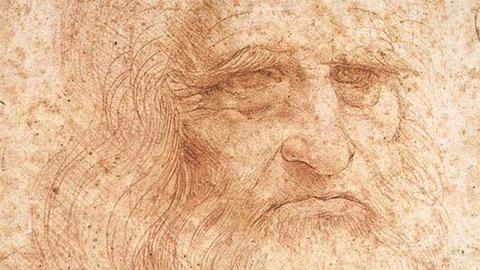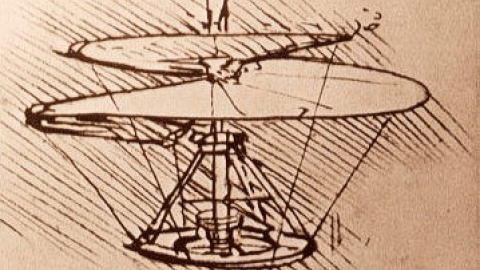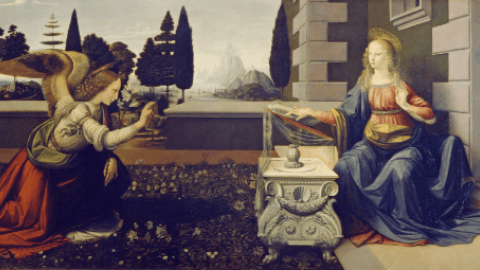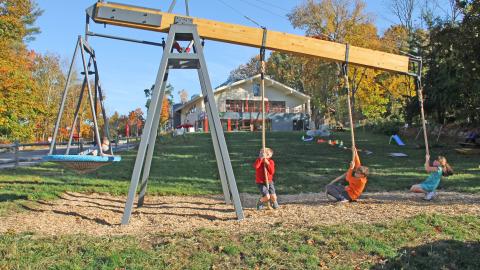Maps are important for many reasons. They give us information about a place and help us find our way from one location to another. They can also teach us spatial thinking as we imagine the items on a map and where they are in relation to one another.
One of the most common maps is an ichnographic map, which has a top-down view like the maps on Google Maps. These maps are easily made nowadays using satellite imagery and software, but Leonardo da Vinci found a way to make an ichnographic map hundreds of years before those technologies were invented. In 1502, da Vinci created the map of Imola, Italy, as seen here, by carefully measuring the length of buildings and the angles of streets. For more information on the map of Imola check out this short video from Vox.
- Our Discovery at Home map activity is a great way to introduce maps to young cartographers (mapmakers). Create a simple map of a room in your home and use it for a treasure hunt.
- There are many ways to explore cartography and make your own map. First, choose a location—like a room in the above activity—as inspiration. Then, decide how you will create your map. You can draw your map freehand, making rough estimates from what you see. Or, try determining distances by counting your steps as you travel that distance. For more precise measurements, use a ruler, yardstick, or tape measure.
- Maps are often created to scale. This means that the items shown on a map, like roads, buildings, and bodies of water, are smaller, but still the right size in relation to one another. For example, if your couch is 6 feet long in real life, try drawing it 3 inches long on your map. How big would a chair or table be according to this scale?
- Create a map for a new world of your own imagination, then use your map to help tell a story about that place. Consider including symbols, along with a key, for the different features on your map. The website Maps for the Classroom has some great examples to get you started.
